An Iupac committee wants your input to help define the meaning of a molecular machine
Chemistry is a universal language. The rules and definitions of chemical nomenclature ensure that when someone in Lima, Peru says ‘dichloromethane’, a person on the other side of the world in Bangkok, Thailand, fully understands. This universality may break down when new fields start evolving, resulting in a number of (sometimes conflicting) definitions. Over time, the scientific community agrees and converges on the nomenclature, which becomes universally adopted and eventually included in the International Union of Pure and Applied Chemistry’s (Iupac’s) Compendium of Chemical Terminology, also known as the Gold Book.
What is a molecular machine?
The 2016 Nobel prize in chemistry was awarded to Jean-Pierre Sauvage, Fraser Stoddart and Ben Feringa ‘for the design and synthesis of molecular machines’. Ironically, we do not know exactly what constitutes a molecular machine; the community has not yet united on an unambiguous meaning for the term, even though it has been a topic of research in chemistry and molecular biology for decades.
Inspired by Richard Feynman’s visionary Plenty of Room at the Bottom lecture of 1959, Eric Drexler began to theorise about the construction of molecular machinery in the 1980s and popularised the term with his 1986 book, Engines of Creation: The Coming Era of Nanotechnology. Drexler aligned with a dictionary definition of a machine as ‘any system, usually of rigid bodies, formed and connected to alter, transmit and direct applied forces in a predetermined manner to accomplish a specific objective, such as the performance of useful work’.
However, as artificial molecular machines began to emerge in the 1990s, chemists of that era focused more on the control of molecular motions than on transmitting forces or doing useful work. For instance, Stoddart predicted in his seminal 1991 molecular shuttle paper that ‘as it becomes possible to control the movement of one molecular component with respect to the other … the technology for building “molecular machines” will emerge’. In 1997 Sauvage and Vincenzo Balzani defined molecular machines as ‘molecular assemblies whose shape, physical, chemical and dynamic properties can be controlled by using an external signal’.
In 2000, a highly cited review defined an artificial molecular machine as ‘an assembly of a discrete number of molecular components designed to perform mechanical-like movements (output) as a consequence of appropriate external stimuli (input)’. This focus on molecular motion aligned with the views held by molecular biologists, who referred to proteins as machines because, according to Bruce Alberts, ‘like the machines invented by humans … protein assemblies contain highly coordinated moving parts’.
Diverging definitions
More definitions have emerged in subsequent years, many of which returned to the original idea that a molecular machine must perform some kind of task or work. In 2007, the field’s most highly cited review highlighted the terminological tension and converged the motion-focused and task-focused viewpoints. It defined a molecular machine as ‘a subset of “molecular devices” (functional molecular systems) in which some stimulus triggers the controlled, large amplitude or directional mechanical motion of one component relative to another (or of a substrate relative to the machine) which results in a net task being performed’. Under this umbrella, molecular switches and molecular motors represent two different genres of molecular machinery, which influence a system as a function of state or trajectory, respectively.
Without the endorsement of a governing body such as Iupac, researchers have continued to pick and choose their favourite definitions to suit their own rhetorical goals. Some members of the field still subscribe to the prevailing definitions of the 1990s, while others (including Stoddart himself) have called for even more stringent definitions that would require molecular machines to perform thermodynamic work and drive a system away from equilibrium. Under this definition, most reported switches and motors would not be regarded as molecular machines.
The dangers of unclear definitions
Ambiguities in chemical nomenclature can lead to misinterpretations that impact everything from data integration and intellectual property disputes to regulatory compliance and product safety. For example, numerous lawsuits have disputed which chemicals fall under the regulatory umbrella of per- and polyfluoroalkyl substances (PFAS), where ambiguity directly impacts liability, cleanup responsibilities and regulatory enforcement.
Unresolved concerns have the potential to stifle scientific inquiry
Rigorous definitions for chemical nomenclature are thus needed to support accurate, efficient and safe scientific and technological progress. Regarding molecular machines, prominent unresolved questions include whether molecular rotors, switches and motors are machines by themselves or if they should first be required to perform a ‘task’ (also a poorly defined term), and whether this task should result in work being performed. A plethora of related terms in common use, including molecular muscles, pulleys, ratchets, pumps, gears, walkers and robots, further complicate the issues.
These unresolved concerns have the potential to stifle scientific inquiry and progress, or cause confusion in technical and public discussions. Broadly defining all rotors, switches and motors as molecular machines is consistent with some of the earliest definitions, but conflates systems of higher complexity (motors) with those of lower complexity (rotors and switches) whose machine-like behaviour is perhaps more iconic than literal. Some argue that such a broad definition of molecular machine could make the term redundant or trivial, while others caution that narrowing the definition may limit entry to the field and constrain the size of the community.
We need your input!
In response to these considerations, Iupac has initiated a project to collect and critically analyse existing information on molecular machines, with the ultimate goal of unifying definitions and standardising related terminology, classification and nomenclature. We are the Iupac committee handling this project.
Throughout our committee discussions, we learned that we each have various, sometimes conflicting opinions on the nomenclature issues. The lack of consensus among ourselves likely mirrors that of the molecular machine community as a whole. Receiving input from the community is therefore an essential step toward building consensus and precise definitions.
To provide your input, please complete the thought experiments above and the poll below. Members of the committee will also be available to receive comments at the 2025 International Symposium of Macrocyclic and Supramolecular Chemistry in Kyoto, Japan, as well as the 2025 Gordon Research Conference on Molecular Machines in Action in New London, New Hampshire, US. Email correspondence is also welcomed.
Following this data collection phase, a report will be published in Pure & Applied Chemistry, leading to a second phase (if necessary) to provide Iupac with recommendations for the definitions of key terms in the field.
By targeting a common terminology, our goal is to facilitate communication on molecular machines to help improve education campaigns, fill information gaps, and inform national and global regulation and policy decisions.
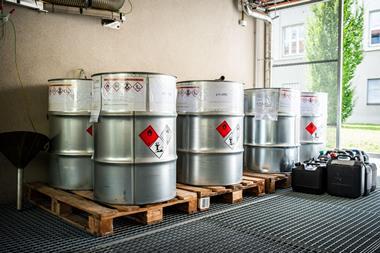
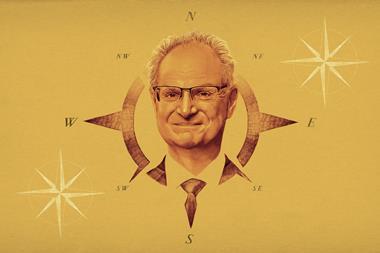


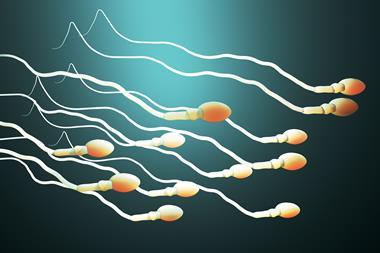
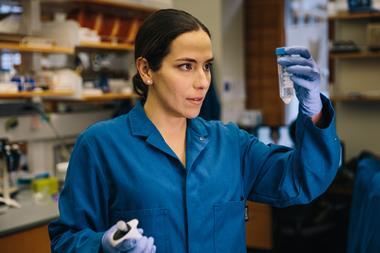


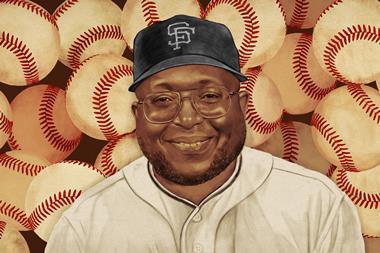
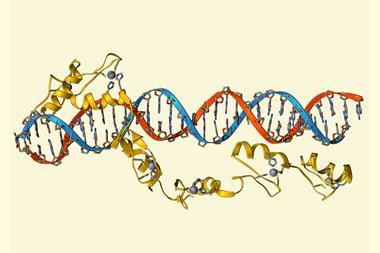

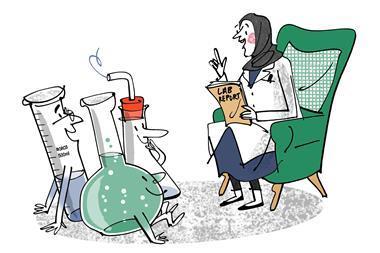
No comments yet